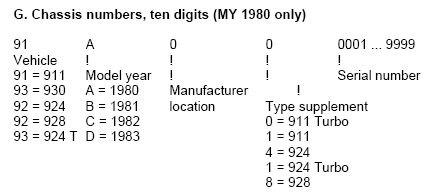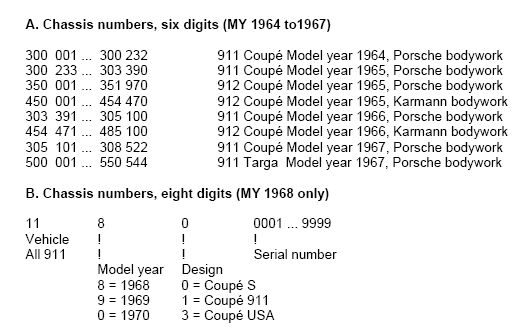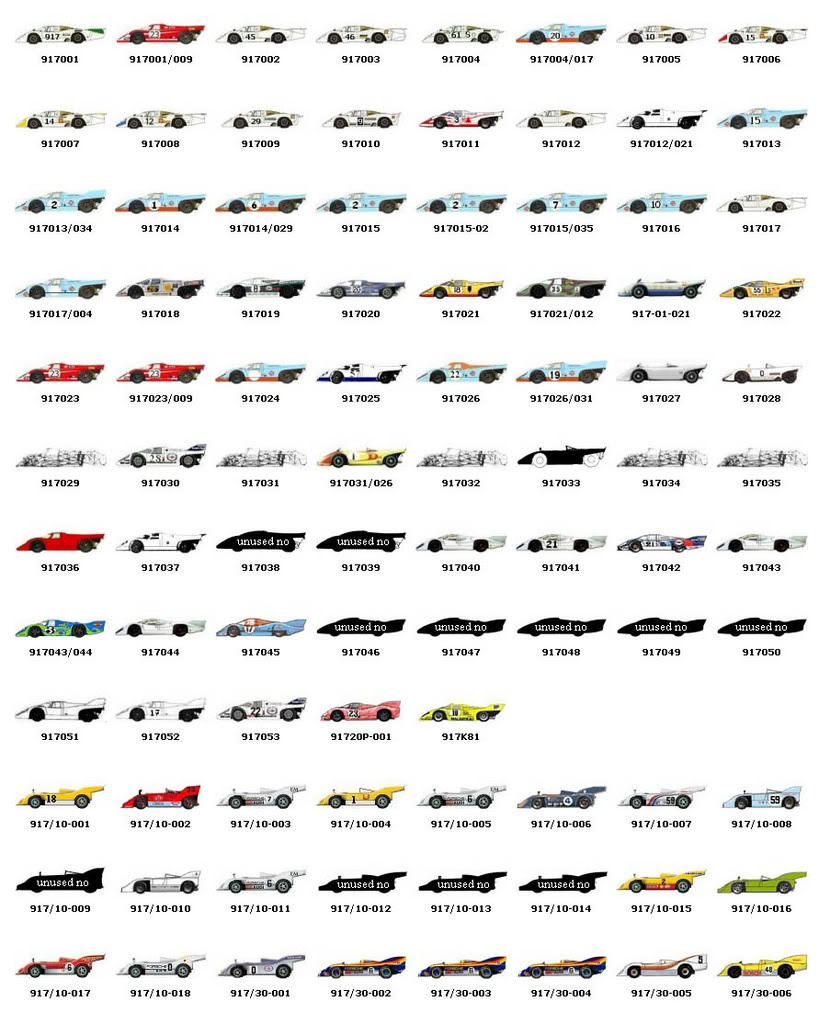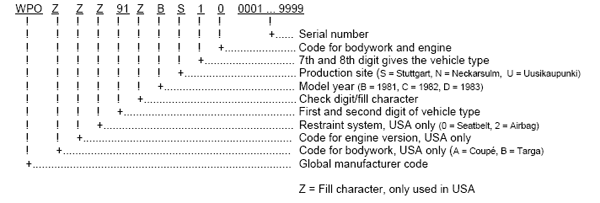Understanding Porsche Chassis Numbers: A Deep Dive Into The Heart Of Your Porsche
Share

When it comes to the world of classic and modern sports cars, few brands have captured the hearts of automotive enthusiasts quite like Porsche. Known for their engineering excellence, innovative designs, and racing pedigree, each Porsche vehicle carries a unique identity that tells its own story. One of the most critical elements that contribute to this uniqueness is the Porsche chassis number. In this article, we will explore what chassis numbers are, how to decode them, and why they matter to Porsche owners and collectors alike.
What Are Porsche Chassis Numbers?
Porsche chassis numbers, also referred to as Vehicle Identification Numbers (VIN), are unique codes assigned to each vehicle produced by the manufacturer. These numbers serve multiple purposes, including identifying the vehicle’s model, production year, and place of manufacture. With varying formats depending on the era, understanding these numbers is essential for any serious Porsche enthusiast.
The Importance of Chassis Numbers

Chassis numbers are not just alphanumeric codes; they provide critical information about the vehicle’s history. Here are some reasons why these numbers are important:
-
Identification: Chassis numbers serve as a reliable source to identify a particular model and its specifications. This is particularly useful for collectors who seek authenticity in their vehicles.
-
Registration and Ownership: When buying or selling a Porsche, the chassis number is essential for registration and ensuring the legality of ownership. It prevents fraudulent activities such as title washing.
-
Maintenance Records: Chassis numbers can be used to retrieve important maintenance records from dealerships or service centers, ensuring that you are keeping your Porsche in optimal condition.
-
Restoration Projects: For those passionate about restoring classic Porsches, understanding the chassis number is vital. It informs you of the original components and specifications, helping to maintain the vehicle’s authenticity.
How to Decode Porsche Chassis Numbers
Porsche has a specific method of creating chassis numbers, varying slightly across different models and production years. Here’s a basic guide to decoding them for popular models.
Early Models (356, 911 through 1973)
Porsche's early models such as the 356 and the classic 911 (up to 1973) typically have a chassis number that is a 6- to 9-digit number. For example, a 911 from 1965 might have the chassis number "300123," indicating it was the 123rd unit produced in that series.

Modern Models (Post-1974)
Starting from 1974, the VIN changed to a standardized format consisting of 17 characters, including letters and numbers. This format includes:
- World Manufacturer Identifier (WMI): The first three characters represent the manufacturer (in this case, Porsche).
- Vehicle Descriptor Section (VDS): Characters four through nine describe the model, type, body style, and other features.
- Vehicle Identifier Section (VIS): The last eight characters specify the year of manufacture, assembly plant, and a unique sequence number.
Special Cases: Racing Cars and Limited Editions
For special editions or racing cars, the chassis number can tell a unique story about the car's history. For instance, the iconic Porsche 917 features a specific chassis number system tailored for racing compliance.

How to Find Your Porsche Chassis Number
Finding your Porsche chassis number can vary by model and year. Here are some common locations where you might find it:
- On the Dashboard: Look at the driver's side of the dashboard, visible through the windshield.
- Driver's Side Door Jamb: Open the driver's side door, and you may find a sticker or a stamped number on the door frame.
- Under the Hood: In some models, the chassis number is located on the firewall or stamped on the engine compartment.
Verifying Legitimacy with Chassis Numbers
As a prospective buyer or collector, verifying the chassis number is crucial. Always check that it matches the number on the title and any service records. Any discrepancies could indicate that the vehicle is not genuine or has undergone significant modifications.
Common Misconceptions About Chassis Numbers
There are a few myths that often surround Porsche chassis numbers:
-
All Porsche Models Share the Same Format: While they follow a general structure, each model and production year has its own specific way of formatting the numbers.
-
Chassis Numbers Aren't Important for Newer Models: Even modern models benefit from chassis number verification to confirm performance specs, original parts, and warranty eligibility.

Final Thoughts
Porsche chassis numbers are more than just a string of digits; they are a narrative woven into each vehicle's history. Whether you're an avid collector, a new enthusiast, or even a casual driver, understanding these numbers provides you with deeper insight into your Porsche. Knowing how to read, interpret, and verify these numbers adds immeasurable value to your ownership experience and ensures that your connection to a Porsche remains sealed in authenticity.
By recognizing the importance of chassis numbers in the Porsche community, you not only enhance your appreciation for this automotive legend but also keep your investment secure and sound. Happy driving!